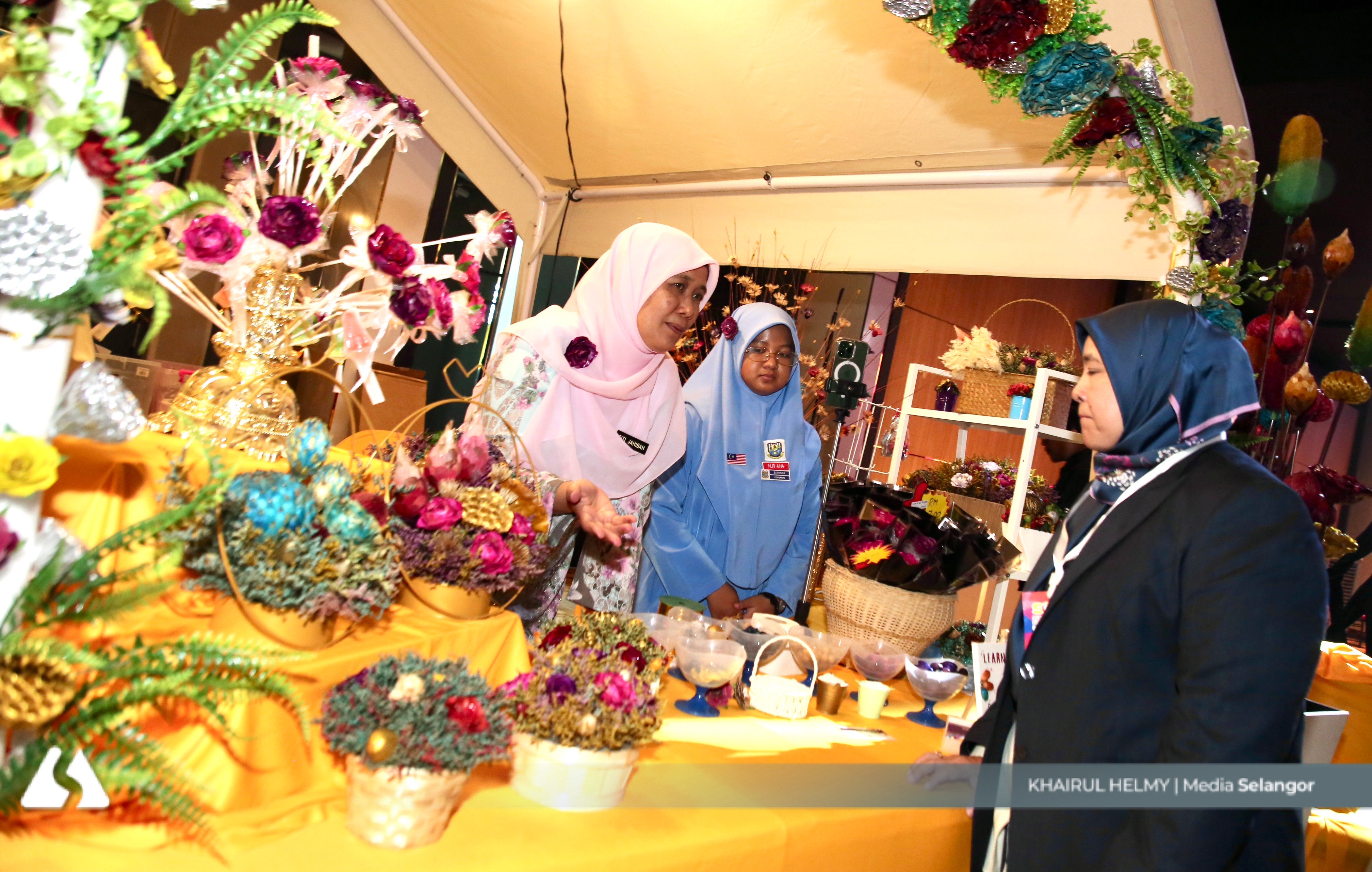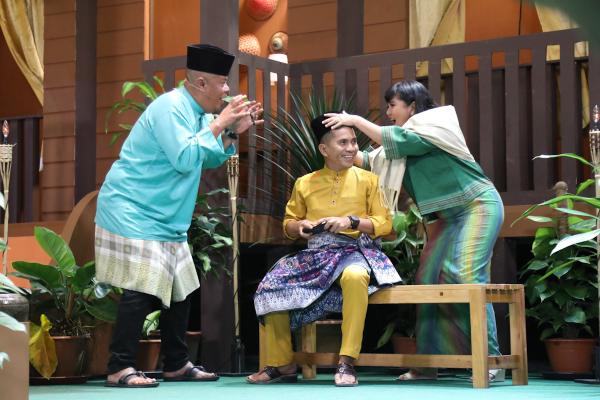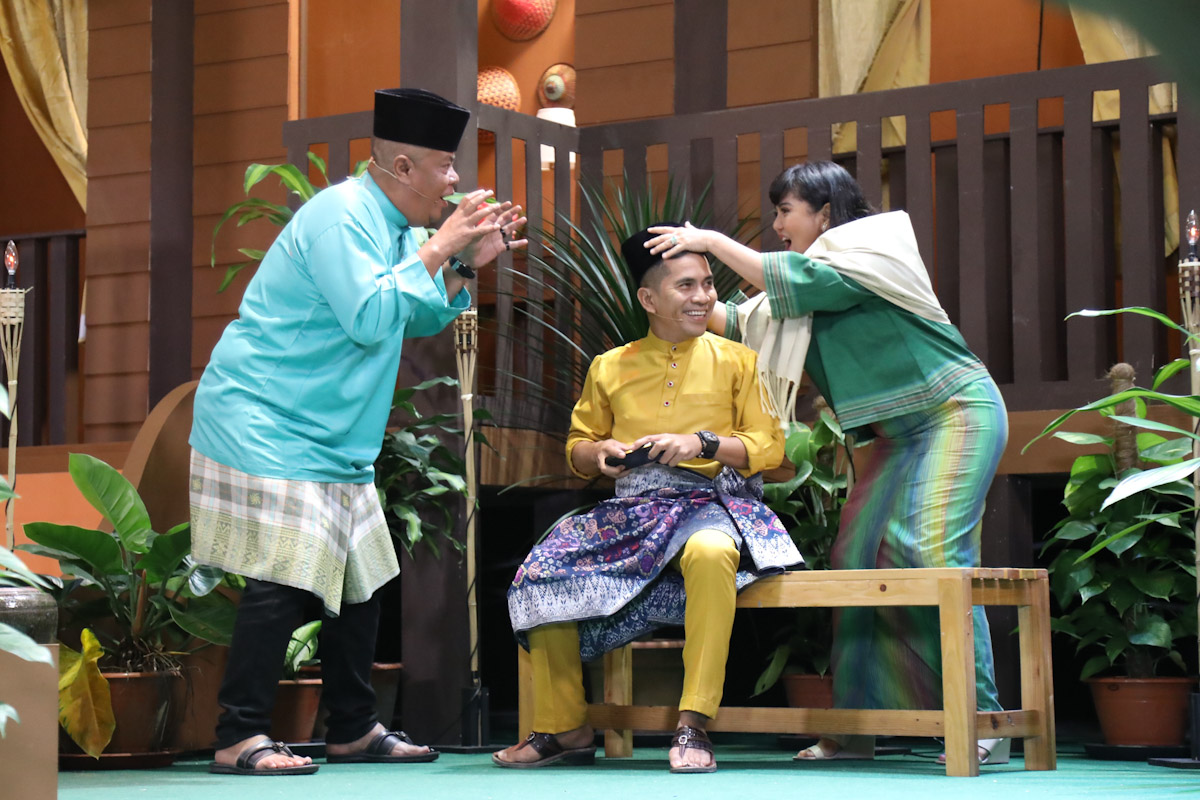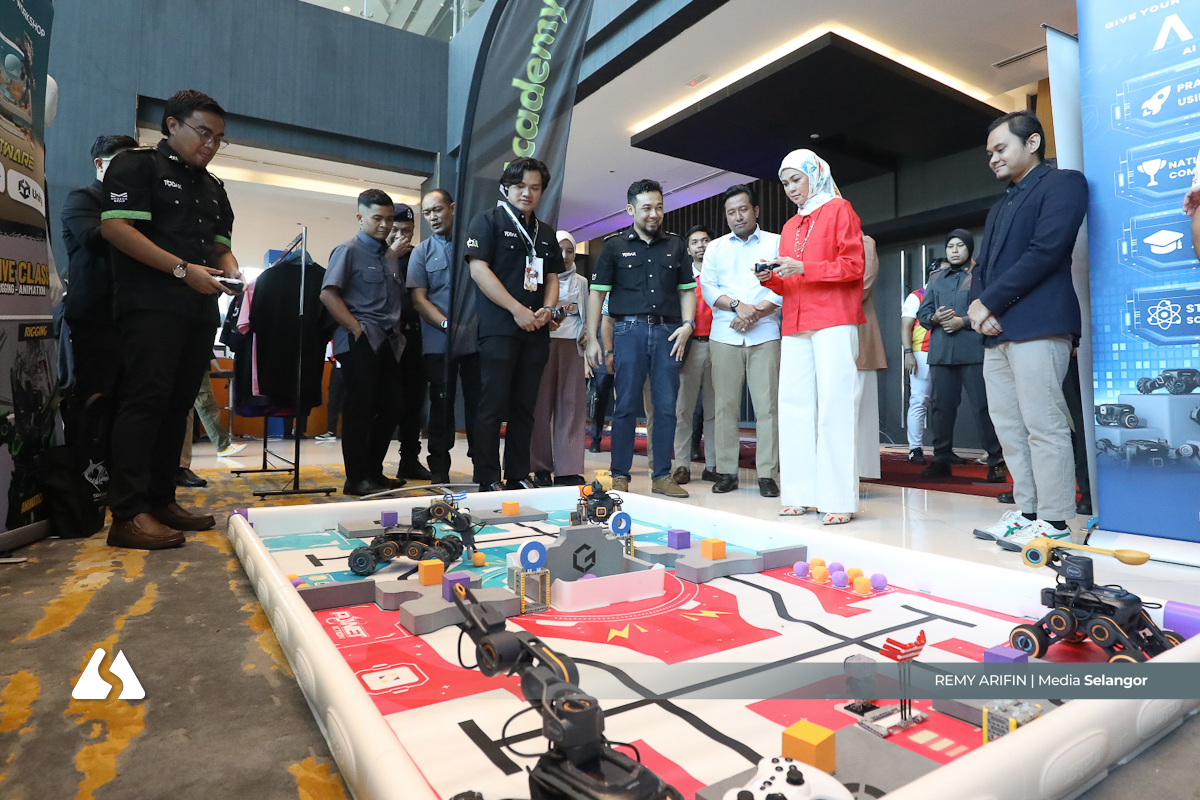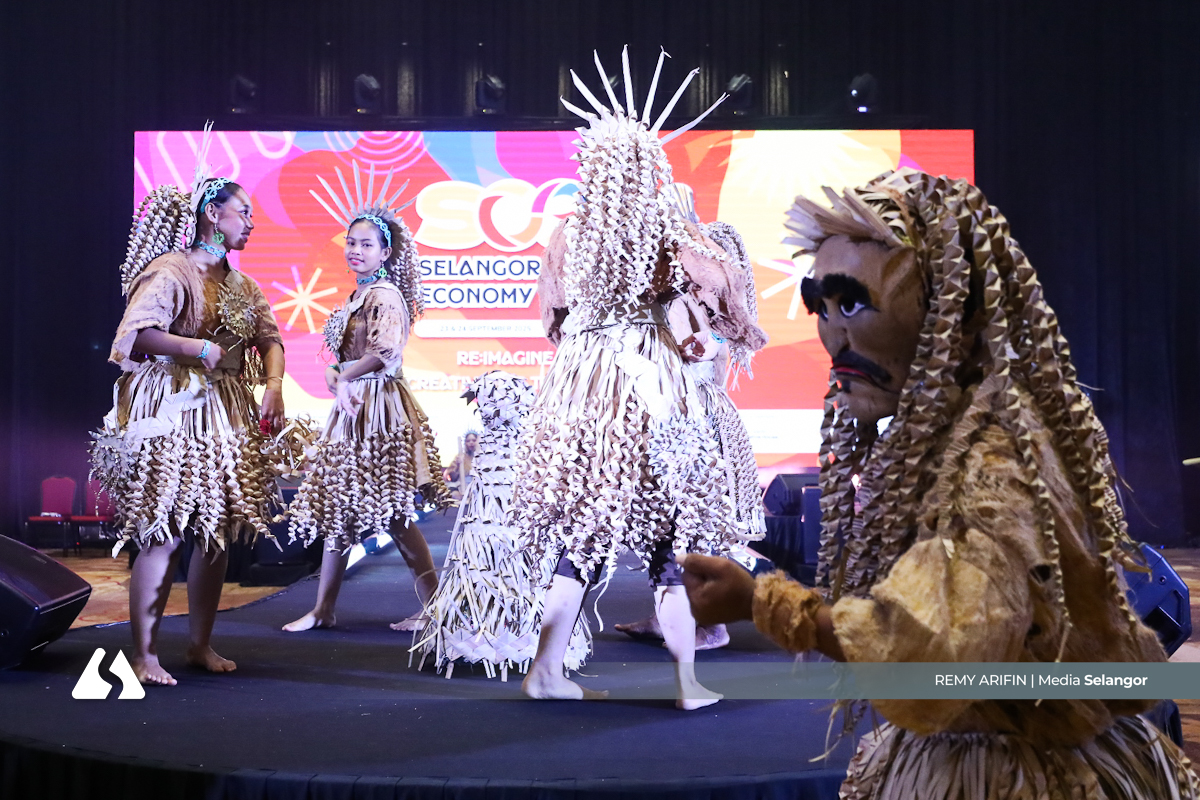SHAH ALAM, Sept 26 — The Malaysian Malay Comedy Association has urged the government to introduce a more structured creative economy, or orange economy, policy to stimulate the growth of the local comedy industry.
The call comes as Selangor prepares to launch its Creative Economy Action Plan 2025-2035 this November, following the state’s hosting of the Selangor Creative Economy Expo (SCEE25) in Shah Alam recently.
Its chairman Mohd Rizal Fahmi Mukhter, better known as Rayza Mukmin, said government backing is essential as the comedy sector holds potential to generate significant income if supported by a clear ecosystem.
“Indonesia proved its success when it established a Creative Economy Ministry back in 2009. They have comedy communities in every district with structured training.
“In Malaysia, the industry is still fragmented, relying on small communities,” he told Media Selangor.

Limited budget, limited opportunities
Founded in 2023, Rayza said the association now has 23 members from various professional backgrounds. However, financial constraints remain a major hurdle in organising large-scale performances.
“At the moment, we use the open mic concept at Rumah Aktivis YRN, where admission is free and comedians can record their acts for their portfolios.
“But when it comes to renting halls, paying for sound and lighting, the costs are overwhelming,” he said.
Due to this, some comedians have had to turn down invitations to perform in Indonesia and Singapore due to limited budgets.
In response, Rayza proposed creating dedicated grants and funding for comedy artists, including facilities and promotional support.
“Funding not only creates space for creativity but also helps develop communication and public-speaking skills that can benefit other sectors,” he said.
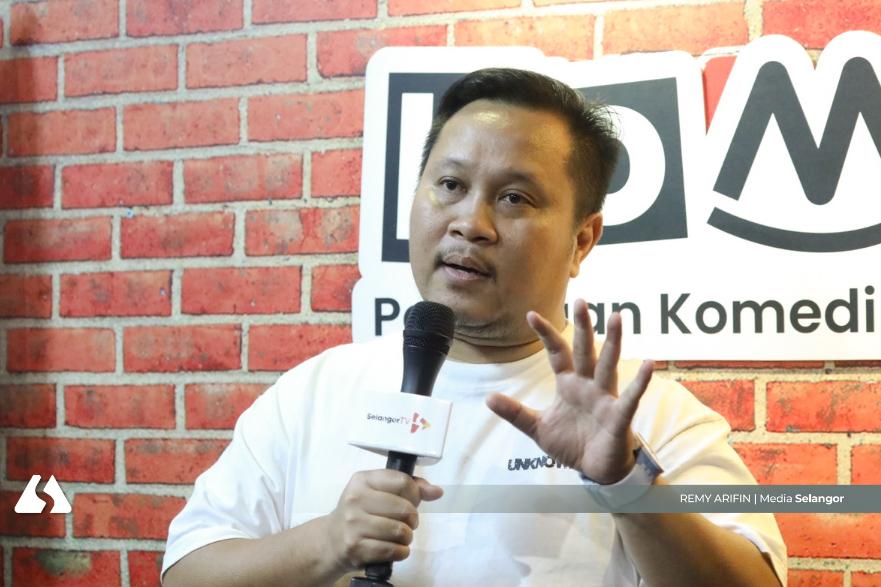
Industry engagement
Meanwhile, the association’s deputy chairman Mohd Nornizam Mohd Yusof, or Nizam Jentik-Jentik, stressed that the government must involve artists directly in shaping creative economy policies.
“Dialogue and forums with industry players are crucial for policymakers to understand real challenges. Any framework must include both mainstream and underground creators,” he said.
Nizam noted that Malaysia’s comedy sector has strong international potential if supported by a solid ecosystem.
“I once organised a show in Johor Bahru where nearly 40 per cent of the audience came from Singapore. With proper funding and promotion, we could draw even more international audiences,” he said.
Selangor is positioning itself as a regional creative economy hub, starting with SCEE25, which ran from September 23 to September 24.
State executive councillor for youth, sports, and entrepreneurship Mohd Najwan Halimi has already announced that the Selangor Creative Economy Action Plan 2025-2035 will be launched in November, with a focus on multimedia, heritage, and cultural arts.
Previously, Selangor Youth Community (SAY) chief executive officer Aiman Syafiq Nazri said they have identified three districts with the potential to become key creative economy hubs. They include Kuala Selangor for gastronomy, Petaling as a youth creative hub, and Cyberjaya for animation.
The initiatives are led by SAY in collaboration with the State Economic Planning Unit and partner agencies.
The state government aims to increase contributions from the creative sector to the nation’s gross domestic product (GDP) by up to RM20 billion by 2035, compared to the current RM2 billion.
